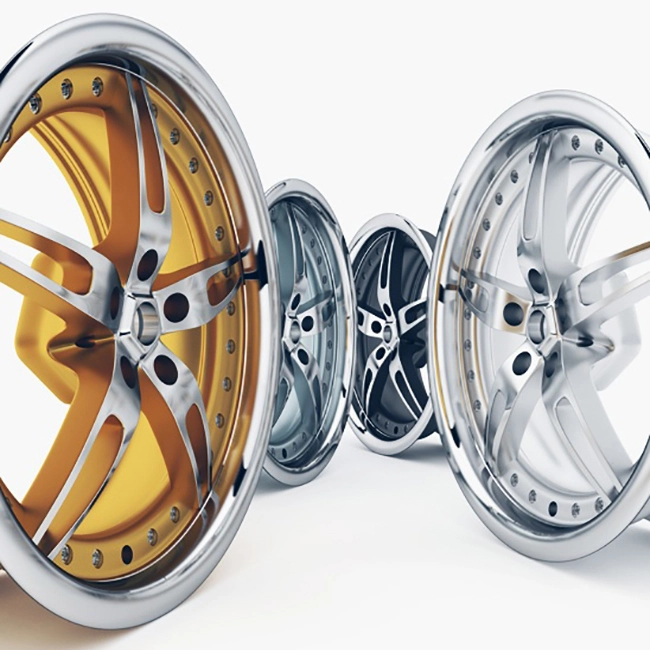axle seal front
Understanding Front Axle Seals Importance and Maintenance
Front axle seals play a crucial role in the overall performance and longevity of a vehicle's drivetrain. These seals are designed to prevent lubricant leaks from the axle and protect the internal components from dirt, debris, and moisture. Without properly functioning front axle seals, a vehicle can experience a range of issues, from reduced performance to costly repairs.
What Are Front Axle Seals?
Front axle seals are rubber or steel components positioned at the end of the axle housing. They effectively seal the space between the axle shaft and the axle housing, ensuring that the gear oil within the differential or axle assembly remains contained. This is vital because the gear oil lubricates the bearings and gears inside the differential, reducing friction and helping to prevent overheating.
Signs of a Failing Front Axle Seal
Recognizing the signs of a failing front axle seal can save vehicle owners from more extensive damage. Common symptoms include visible oil leaks on the ground where the vehicle is parked, a noticeable noise coming from the front axle, or difficulty steering. In more severe cases, insufficient lubrication can lead to overheating and failure of the differential, which is a much more expensive repair.
axle seal front

Maintenance and Replacement
Regular vehicle maintenance is crucial in ensuring the longevity of front axle seals. Routine inspections can help identify early signs of wear and tear. If any leaks are detected, it's essential to address them promptly. During the maintenance schedule, mechanics often check the condition of the axle seals, bearings, and other related components.
When replacement is necessary, it’s important to use high-quality parts. OEM (Original Equipment Manufacturer) seals are recommended to ensure proper fit and function. The process of replacing front axle seals generally involves
1. Lifting the Vehicle Always ensure the vehicle is secured on jack stands to prevent accidents. 2. Removing the Wheel and Brake Assembly This allows adequate access to the axle. 3. Disconnecting the Axle This may require the removal of the differential cover and unbolting of the axle shaft. 4. Replacing the Seal The old seal is removed, and the new one is installed, ensuring it is seated correctly to prevent further leaks. 5. Reassembling The axle is reconnected, and the wheel and brake assembly are reinstalled.
Conclusion
Front axle seals may seem like small components, but their importance in the smooth operation of a vehicle cannot be overstated. Regular inspections and prompt replacement when necessary can help maintain a vehicle's performance and prevent potentially significant damage. By understanding the role of front axle seals and being vigilant for signs of failure, vehicle owners can ensure a safer and more reliable driving experience. Therefore, investing time in maintenance can lead to better vehicle longevity and, ultimately, cost savings.
-
The Ultimate Guide to Boat Propeller Bearings and Trailer Wheel Bearings
News Jul.31,2025
-
The Essential Guide to Marine Bearings and Boat Trailer Wheel Bearings
News Jul.31,2025
-
The Complete Guide to Heavy Duty Seals: Protecting Doors and Spaces Efficiently
News Jul.31,2025
-
Essential Guide to Marine Shaft Bearings and Boat Trailer Axle Bearings
News Jul.31,2025
-
Comprehensive Guide to Marine and Trailer Bearings for Safe Boating and Transport
News Jul.31,2025
-
Comprehensive Guide to Automotive Oil Seals: Protecting Your Engine and Shafts
News Jul.31,2025
-
Understanding Automotive Oil Seals: Essential Components for Engine and Shaft Protection
News Jul.30,2025
Products categories















